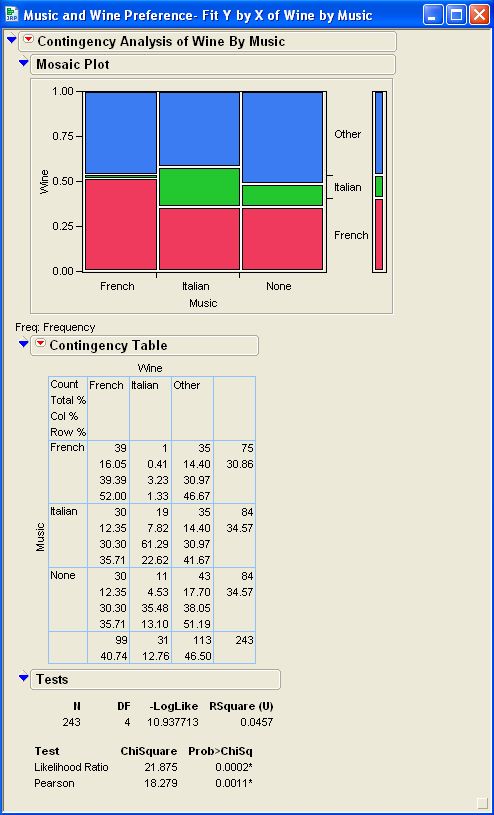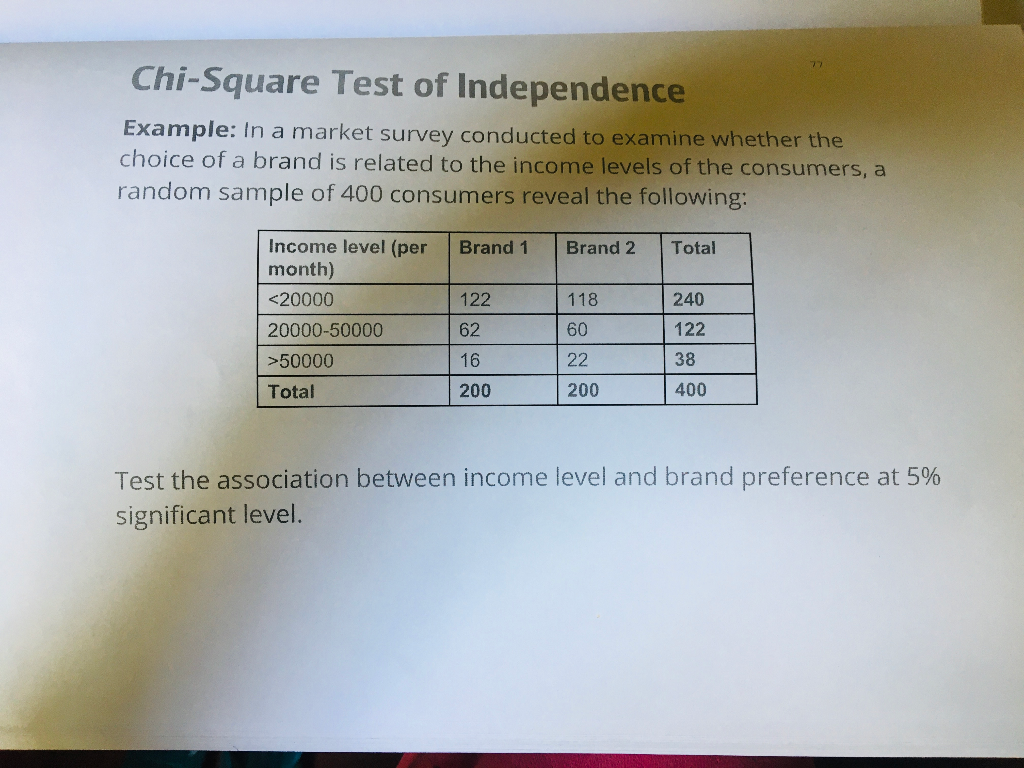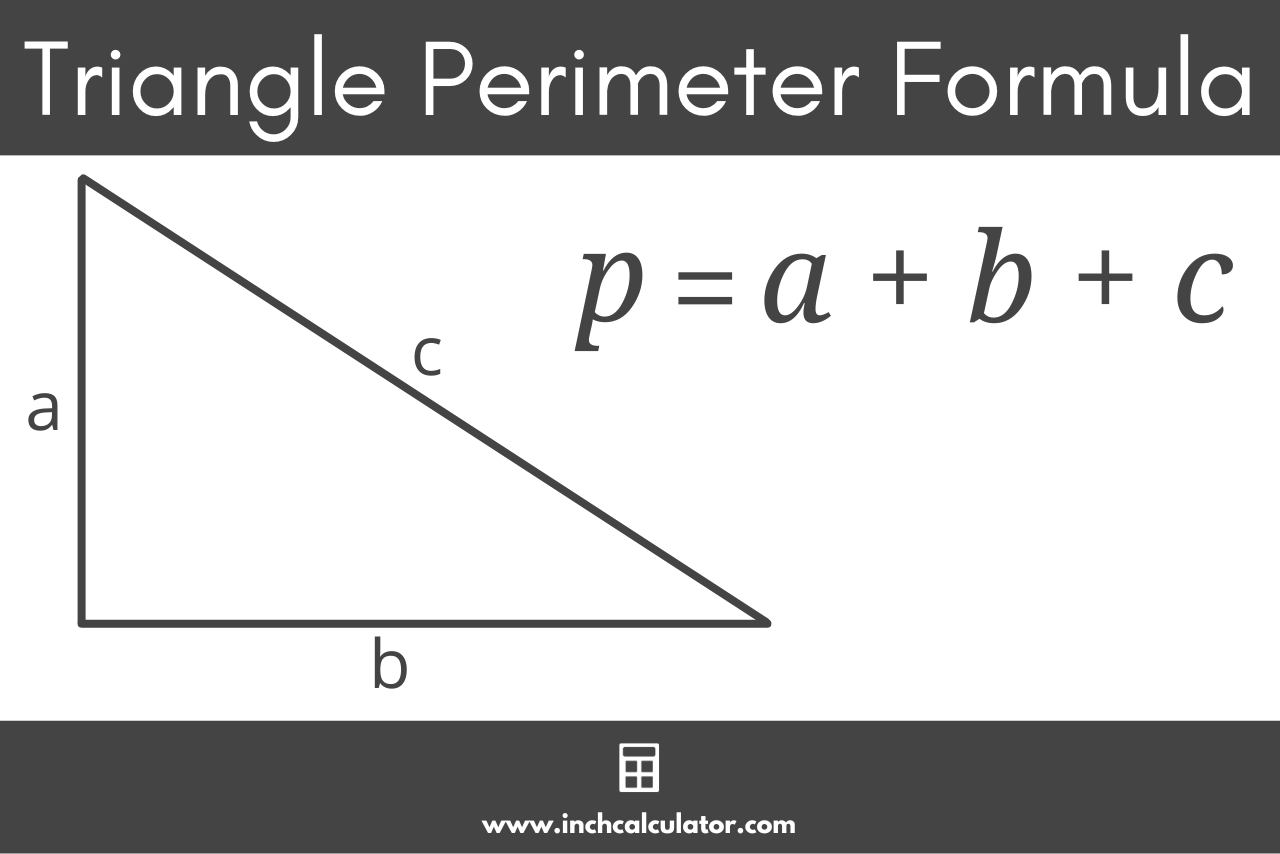Topic chi square test jmp: The Chi Square Test in JMP is an essential tool for statistical analysis, allowing users to test hypotheses and examine relationships between categorical variables. By leveraging JMP's robust capabilities, you can perform chi-square tests to analyze data distributions and gain deeper insights into your data. Discover how to utilize this powerful feature to enhance your data analysis and make informed decisions with confidence.
Table of Content
- Chi-Square Test using JMP
- Introduction
- Overview of Chi-Square Tests
- Types of Chi-Square Tests
- Chi-Square Test Assumptions
- Steps to Perform Chi-Square Test in JMP
- Interpreting Chi-Square Test Results
- Examples and Case Studies
- Using JMP for Chi-Square Tests
- Common Applications in Different Industries
- Advanced Chi-Square Test Techniques
- Resources and Further Reading
- YOUTUBE: Xem video này để biết cách thực hiện kiểm định chi-square trong JMP và áp dụng vào nghiên cứu của bạn.
Chi-Square Test using JMP
The chi-square test is a statistical method used to determine if there is a significant association between two categorical variables. JMP, a statistical software, provides tools to perform various chi-square tests including the Chi-Square Test of Independence and the Chi-Square Goodness of Fit Test.
Chi-Square Test of Independence
This test assesses whether two categorical variables are independent. It involves comparing the observed frequencies in a contingency table with the expected frequencies assuming no association between the variables.
- Calculate the expected frequencies for each cell in the contingency table.
- Compute the chi-square statistic:
- Determine the degrees of freedom:
- Compare the calculated chi-square statistic to the critical value from the chi-square distribution table.
Example Calculation
Consider a study examining the relationship between movie type and snack purchases. The table below summarizes the observed and expected counts:
| Movie Type | Snack | No Snack |
|---|---|---|
| Action | 50 (64.58) | 75 (60.42) |
| Comedy | 125 (155) | 175 (145) |
| Family | 90 (62) | 30 (58) |
| Horror | 45 (28.42) | 10 (26.58) |
The chi-square statistic is calculated as follows:
Resulting in a chi-square value of 65.03. If this exceeds the critical value from the chi-square distribution table, we reject the null hypothesis of independence.
Chi-Square Goodness of Fit Test
This test checks if a sample data matches a population with a specific distribution. For instance, testing if candies are equally distributed in flavors:
| Flavor | Observed | Expected | Difference | Squared Difference | Squared Difference / Expected |
|---|---|---|---|---|---|
| Apple | 180 | 200 | -20 | 400 | 2 |
| Lime | 250 | 200 | 50 | 2500 | 12.5 |
| Cherry | 120 | 200 | -80 | 6400 | 32 |
| Orange | 225 | 200 | 25 | 625 | 3.125 |
| Grape | 225 | 200 | 25 | 625 | 3.125 |
Summing the final column gives a test statistic of 52.75. Comparing this to the critical value, we can determine if the observed distribution significantly differs from the expected distribution.
In conclusion, JMP provides robust tools for performing chi-square tests, aiding in the analysis of categorical data.

READ MORE:
Introduction
The Chi-Square Test is a statistical method used to determine if there is a significant association between categorical variables. In JMP, this test can be easily performed using the "Fit Y by X" platform. This introduction will guide you through understanding the basics of the Chi-Square Test, its assumptions, and the step-by-step process of performing it in JMP.
Chi-Square Test Assumptions
- The sample data drawn from the populations of interest are unbiased and representative.
- Each trial has only two possible outcomes, such as success/failure or yes/no.
- The underlying distribution of each population is binomial.
- When \( np \geq 5 \) and \( n(1 - p) \geq 5 \), the binomial distribution can be approximated by the normal distribution.
How the Chi-Square Test Works
The Chi-Square Test calculates the test statistic using observed and expected frequencies. The formula is:
\[
\chi^2 = \sum \frac{(O_i - E_i)^2}{E_i}
\]
- \(O_i\): Observed frequency
- \(E_i\): Expected frequency
Performing Chi-Square Test in JMP
- Click Analyze -> Fit Y by X
- Select the response variable as "Y, Columns"
- Select the factor variable as "X, Factor"
- Select "Count" as "Freq"
- Click "OK"
The results will be displayed as a mosaic plot and a contingency table. These tools help visualize the relationship between the variables and understand the significance of the test results.
Overview of Chi-Square Tests
The Chi-Square test is a statistical method used to determine if there is a significant association between categorical variables. It is particularly useful for testing hypotheses about the distribution of observed data compared to expected data under a specific hypothesis. There are two main types of Chi-Square tests:
- Chi-Square Goodness of Fit Test: This test assesses whether the frequency distribution of a single categorical variable matches an expected distribution. For example, it can test if the observed distribution of different flavors of candy in a bag matches the expected equal distribution.
- Chi-Square Test of Independence: This test examines whether there is a significant association between two categorical variables. For instance, it can determine if there is a relationship between nationality and handedness by comparing the observed frequencies in a contingency table to the expected frequencies if the variables were independent.
Both tests use the same formula to calculate the test statistic:
Where:
- is the chi-square test statistic
- is the summation symbol
- is the observed frequency
- is the expected frequency
The larger the difference between the observed and expected frequencies, the larger the Chi-Square statistic will be. This statistic is then compared to a critical value from the Chi-Square distribution to determine whether the observed differences are statistically significant.
Types of Chi-Square Tests
The chi-square test is a statistical method used to determine if there is a significant association between categorical variables. There are two main types of chi-square tests:
- Chi-Square Goodness of Fit Test: This test is used when you have one categorical variable and want to see if the distribution of the sample data matches an expected distribution. For example, if you expect an equal number of different flavors of candy in a bag, you can use this test to determine if the observed counts significantly differ from the expected counts.
- Chi-Square Test of Independence: This test is applied when you have two categorical variables and want to check if they are independent of each other. For instance, you can use this test to determine if there is a relationship between nationality and handedness by comparing observed frequencies with expected frequencies in a contingency table.
In JMP, performing these tests involves steps such as inputting your data, specifying the variables, and interpreting the resulting test statistic and p-value. For the goodness of fit test, the observed and expected frequencies are compared, and the chi-square statistic is calculated using the formula:
\[
\chi^2 = \sum \frac{(O - E)^2}{E}
\]
Where \(O\) represents the observed frequency, and \(E\) represents the expected frequency. The test statistic is then compared to a critical value from the chi-square distribution table to determine if the result is statistically significant.
For the test of independence, the process involves creating a contingency table, calculating the expected frequencies for each cell, and then using the same chi-square formula to test for independence. In JMP, this can be done by using the Fit Y by X function, selecting the appropriate variables, and interpreting the output, which includes the chi-square statistic and the associated p-value.
Understanding and correctly applying these tests can help in determining relationships within your categorical data and drawing meaningful conclusions from your analysis.
Chi-Square Test Assumptions
The Chi-Square Test is a statistical method used to determine if there is a significant association between categorical variables. When using the Chi-Square Test, certain assumptions must be met to ensure the validity of the results. Here are the key assumptions:
- Independence: The samples must be independent of each other. Each subject or item should contribute to only one cell in the contingency table.
- Sample Size: The sample size should be sufficiently large. It is generally recommended that each cell in the contingency table have an expected frequency of at least 5.
- Random Sampling: The data should be collected through a random sampling method to avoid bias and ensure representativeness.
- Mutually Exclusive Categories: The categories of the variables should be mutually exclusive, meaning each observation falls into one and only one category.
These assumptions help to ensure that the Chi-Square Test produces reliable and accurate results when analyzing the relationship between categorical variables.

Steps to Perform Chi-Square Test in JMP
Performing a chi-square test in JMP is a straightforward process that allows you to determine if there is a significant association between categorical variables. Follow these detailed steps to execute a chi-square test in JMP:
- Load the Data:
- Download the required JMP file, for example, "Music and Wine Preference".
- Open JMP and load the dataset by double-clicking on the downloaded file.
- Set Up the Analysis:
- Go to the Analyze menu and select Fit Y by X.
- In the dialog box that appears, assign your response and factor variables:
- Select the column for your response variable (e.g., Wine) and click Y, Response.
- Select the column for your factor variable (e.g., Music) and click X, Factor.
- If you have frequency data, select the corresponding column and click Freq.
- Click OK to run the analysis.
- Review the Output:
- JMP will display a contingency table showing the observed frequencies of each combination of categories.
- To view additional statistics, click the red triangle next to Contingency Table and select Expected and Cell Chi Square.
- Interpret the Results:
- Examine the chi-square statistic and the p-value to determine if the observed distribution significantly deviates from the expected distribution.
- A p-value less than 0.05 typically indicates a significant association between the variables.
By following these steps, you can effectively perform a chi-square test in JMP to analyze the relationship between categorical variables.
Interpreting Chi-Square Test Results
The interpretation of Chi-Square test results in JMP involves several steps and key points to understand the outcome of the test. Here's a detailed guide:
-
Review the Null and Alternative Hypotheses:
Before interpreting the results, clearly state the null hypothesis (H0) and the alternative hypothesis (Ha). For example, H0: There is no association between the variables. Ha: There is an association between the variables.
-
Examine the Chi-Square Statistic:
The Chi-Square statistic (\(\chi^2\)) is calculated from the observed and expected frequencies in your contingency table. A higher \(\chi^2\) value indicates a greater difference between observed and expected frequencies.
-
Compare with the Critical Value:
Compare the calculated Chi-Square statistic to the critical value from the Chi-Square distribution table, considering the degrees of freedom (df) and the significance level (\(\alpha\)). For example, with \(\alpha = 0.05\) and df = 4, the critical value might be 9.488.
-
Determine the P-Value:
JMP provides the p-value which indicates the probability of observing the test results under the null hypothesis. A p-value less than the significance level (\(\alpha\)) leads to the rejection of the null hypothesis.
-
Interpret the Results:
If the p-value is low (e.g., < 0.05), reject the null hypothesis and conclude that there is a significant association between the variables. Otherwise, do not reject the null hypothesis.
-
Use Graphical Representations:
JMP often provides graphical tools such as mosaic plots and bar charts to visualize the results. These graphs help in understanding the distribution and relationship between variables more intuitively.
In summary, interpreting Chi-Square test results in JMP involves checking the hypotheses, analyzing the Chi-Square statistic, comparing with critical values, evaluating the p-value, and making a practical conclusion based on the statistical evidence.
Examples and Case Studies
Here are some detailed examples and case studies demonstrating the application of Chi-Square tests using JMP:
-
Example 1: Market Research Analysis
A market researcher wants to determine if there is a significant difference in product preferences across different age groups. They collect survey data and use Chi-Square tests in JMP to analyze the relationship between age groups (categories) and product preferences (variables).
Product A Product B Product C Under 30 25 30 15 30-50 20 25 30 Over 50 10 15 25 The Chi-Square test in JMP shows a significant association between age groups and product preferences (χ² = 14.52, p = 0.002), indicating that product preference varies significantly by age group.
-
Example 2: Educational Assessment
An educational psychologist investigates whether there is an association between teaching methods (categorical variable) and student performance levels (ordinal variable). Using Chi-Square tests in JMP, they analyze data from different classrooms and teaching approaches.
High Performance Medium Performance Low Performance Method A 15 20 25 Method B 20 25 30 Method C 10 15 20 The Chi-Square test results (χ² = 6.81, p = 0.078) suggest no significant association between teaching methods and student performance levels in this study.
Using JMP for Chi-Square Tests
Here's a comprehensive guide on how to effectively use JMP for conducting Chi-Square tests:
-
Preparing Your Data: Start by organizing your data in JMP. Ensure your categorical variables are properly defined and formatted.
-
Accessing the Chi-Square Test: Navigate to the Analyze menu in JMP and select Fit Y by X.
-
Selecting Variables: Choose your categorical variables for analysis. Define the response (dependent) and factor (independent) variables.
-
Running the Analysis: Click OK to perform the Chi-Square test. JMP will generate results including the Chi-Square statistic, degrees of freedom, and p-value.
-
Interpreting Results: Analyze the output to determine if there is a significant association between variables based on the p-value (usually < 0.05 indicates significance).
-
Visualizing Data: Utilize JMP's graphical capabilities to visualize relationships between categorical variables, such as mosaic plots or bar charts.
-
Advanced Options: Explore additional features in JMP for conducting specific types of Chi-Square tests, such as tests for independence or goodness of fit.
-
Saving and Exporting: Save your JMP project to revisit or share with others. Export results to other formats like Excel for further analysis or reporting.

Common Applications in Different Industries
Discover the diverse applications of Chi-Square tests in various industries, supported by real-world examples:
-
Healthcare: Analyzing patient outcomes based on treatment methods and demographics to improve healthcare delivery.
-
Marketing and Market Research: Assessing consumer preferences across different demographic segments to optimize marketing strategies.
-
Economics and Finance: Examining the distribution of financial assets or analyzing customer satisfaction surveys to enhance business decisions.
-
Education: Evaluating the effectiveness of teaching methods by comparing student performance across classrooms.
-
Social Sciences: Studying voting patterns and political affiliations to understand societal trends and behaviors.
-
Manufacturing and Quality Control: Testing the conformity of product specifications across production batches to maintain quality standards.
-
Biology and Genetics: Investigating genetic distributions and disease prevalence among different populations for medical research.
-
Environmental Studies: Analyzing ecological data to assess species distribution and habitat preferences in conservation efforts.
Advanced Chi-Square Test Techniques
Explore advanced techniques for Chi-Square tests in JMP to enhance your statistical analysis:
-
Testing Multiple Variables: Conduct Chi-Square tests with more than two categorical variables simultaneously to assess complex relationships.
-
Post-Hoc Analysis: Perform post-hoc tests such as residual analysis or adjusted Chi-Square tests to further explore significant findings.
-
Exact Tests: Use exact Chi-Square tests when sample sizes are small or expected frequencies are low, ensuring robust statistical inference.
-
Simulation Studies: Apply Monte Carlo simulations to validate Chi-Square test results and evaluate the robustness of statistical conclusions.
-
Modeling Dependencies: Employ logistic regression or other modeling techniques to analyze dependencies between categorical variables beyond simple association.
-
Customization and Automation: Customize analyses with scripting capabilities in JMP to automate repetitive tasks and streamline complex Chi-Square test workflows.
-
Visual Analytics: Utilize interactive visualizations and heatmaps in JMP to explore patterns and trends in large datasets analyzed using Chi-Square tests.
Resources and Further Reading
- - Visit JMP's official site to explore more about their statistical tools and resources.
- - Access tutorials, webinars, and case studies related to using JMP for statistical analysis, including Chi-Square tests.
- - Attend live and on-demand webcasts covering various statistical topics, including advanced techniques in Chi-Square testing.
- - Engage with fellow users, ask questions, and find solutions in the JMP community forums.
- - Enroll in training courses offered by JMP to enhance your skills in statistical analysis and Chi-Square tests.
Xem video này để biết cách thực hiện kiểm định chi-square trong JMP và áp dụng vào nghiên cứu của bạn.
Video Hướng dẫn làm thế nào để thực hiện kiểm định chi-square trong JMP
READ MORE:
Xem video này để học cách thực hiện kiểm định Chi-square bằng phần mềm JMP và áp dụng vào phân tích dữ liệu thống kê.
Video Kiểm định Chi-square trong JMP



:max_bytes(150000):strip_icc()/Chi-SquareStatistic_Final_4199464-7eebcd71a4bf4d9ca1a88d278845e674.jpg)





